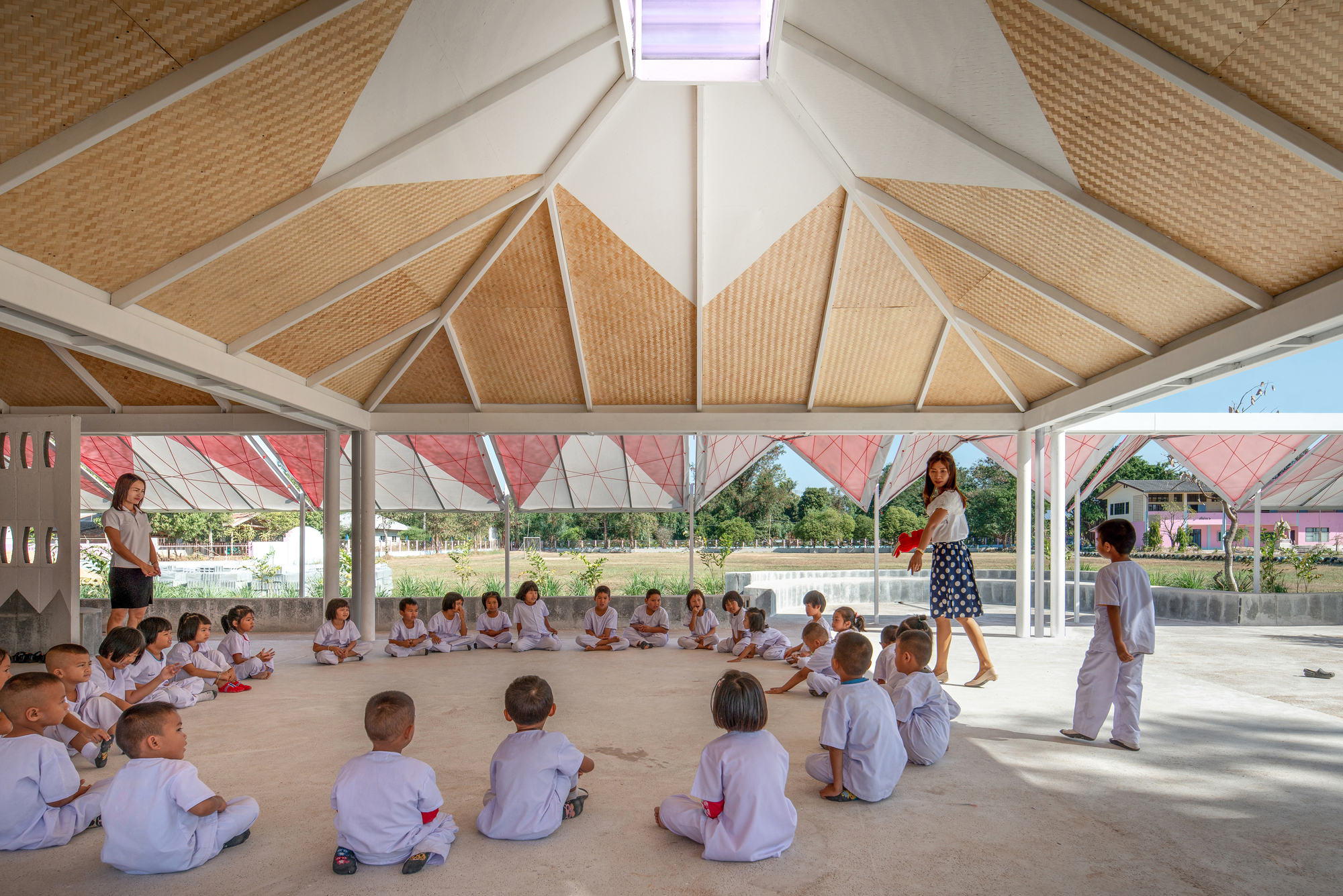
"Designed to serve 30 families in an Ecuadorian region devastated by an earthquake, this community center focused on supporting the community's organization. Through activities like reconstruction, communal work, and workshops, the center aimed to empower residents and stimulate the local economy. This approach was intended to help the community, fostering long-term resilience and recovery."
"The children's play area started from the drawings and workshops with the children of the community. As a result of these, an interlocking structure of cane and pilings created an element that allows children to climb, hang, or slip."
Participatory design functions to align architecture with users' needs by integrating children into the design process. Involving children promotes their learning about materials, decision-making, and spatial awareness while architects gain insights into the needs of young users. Through open dialogue, architects recognize diverse worldviews focused on discovery. Successful projects engage children's families, showing architecture's inclusive nature. Examples include community centers designed for resilience and recovery, with children's input leading to innovative play areas and structures.
#participatory-design #children-in-architecture #community-engagement #inclusive-design #architectural-resilience
Read at ArchDaily
Unable to calculate read time
Collection
[
|
...
]